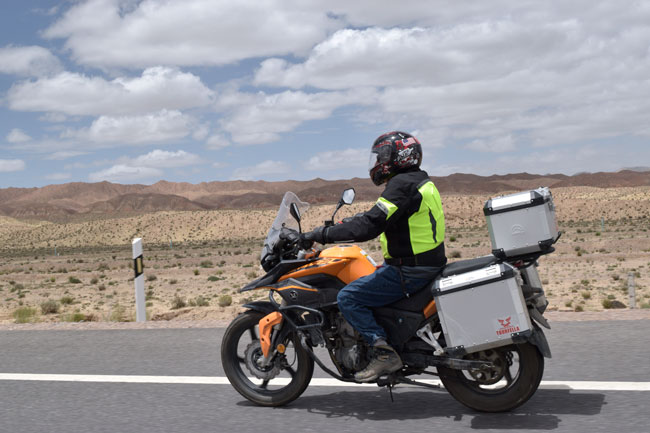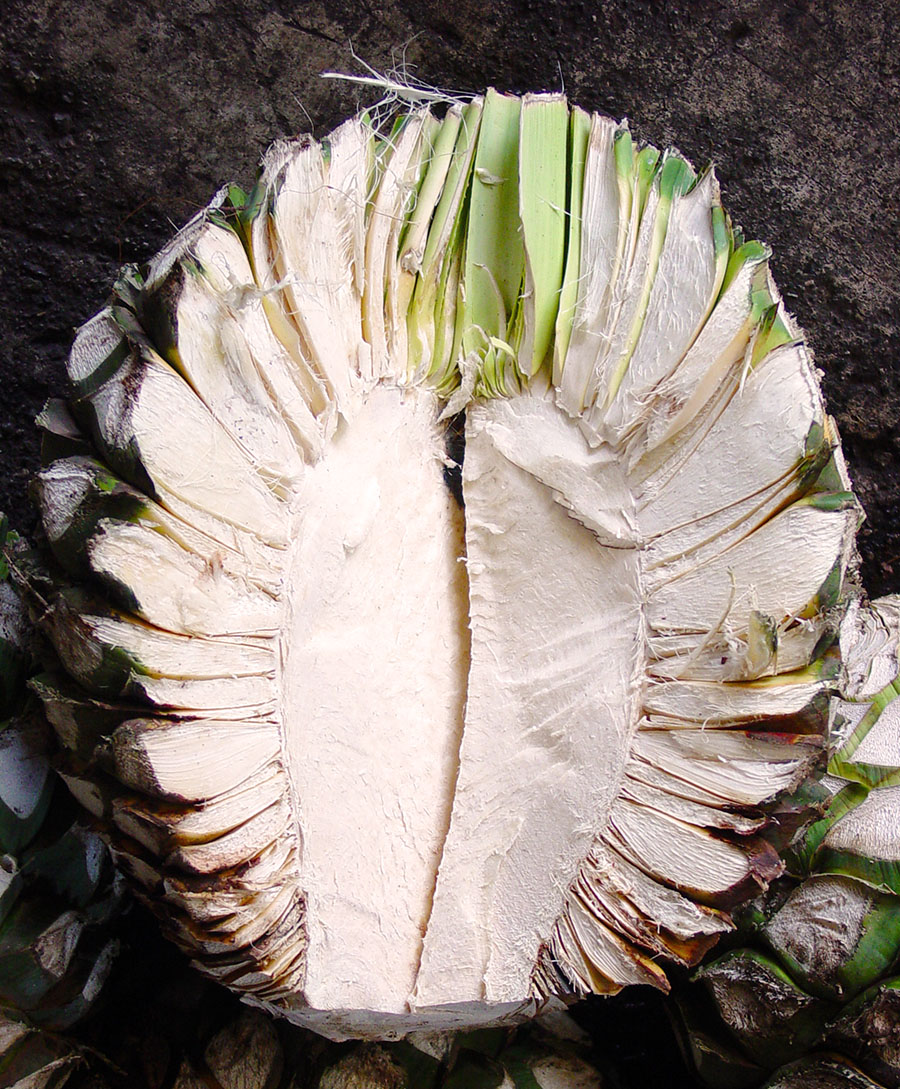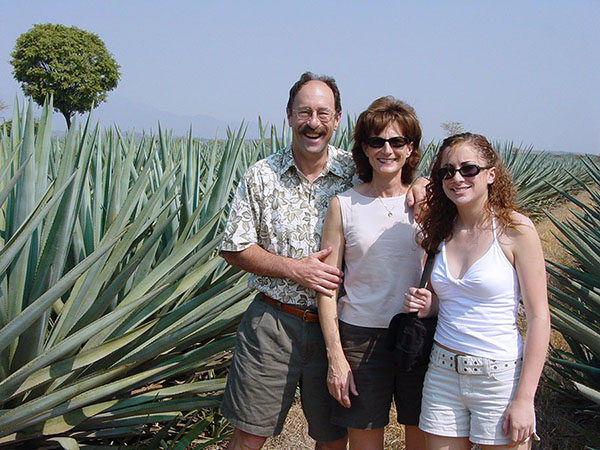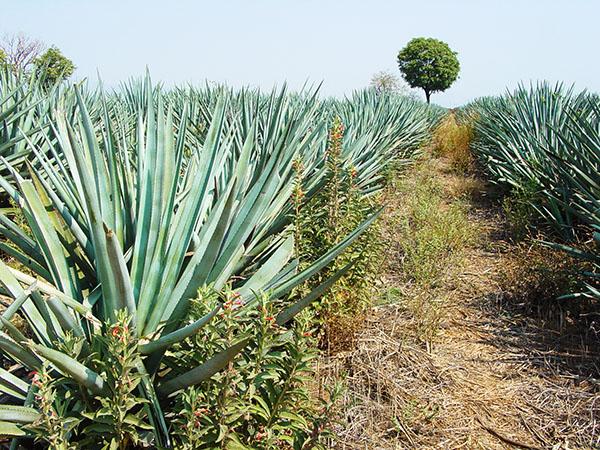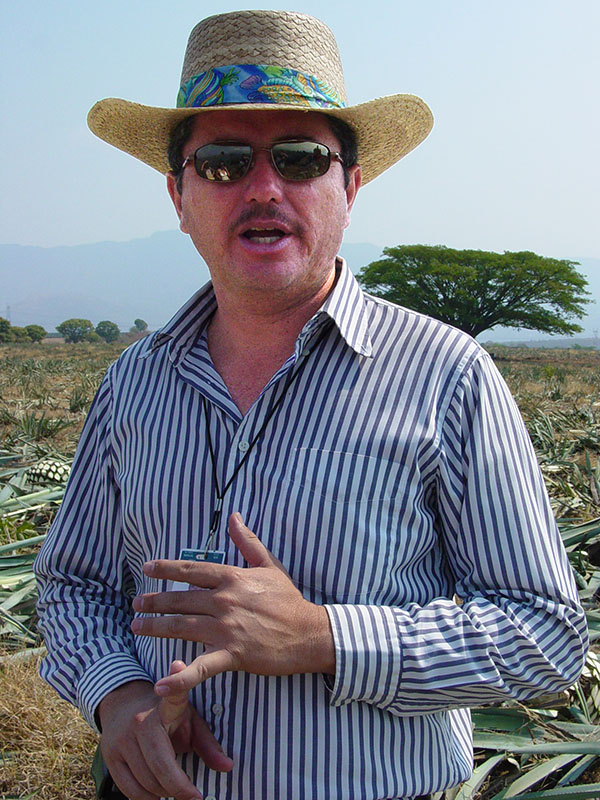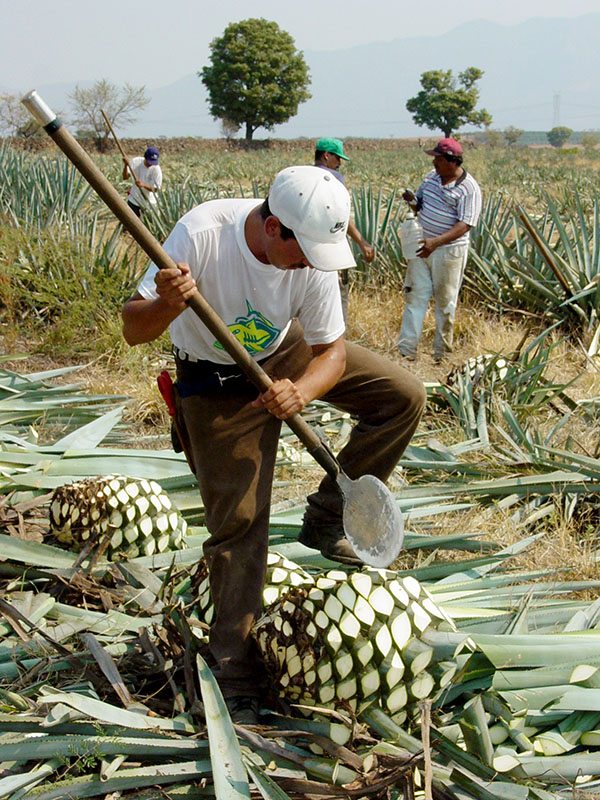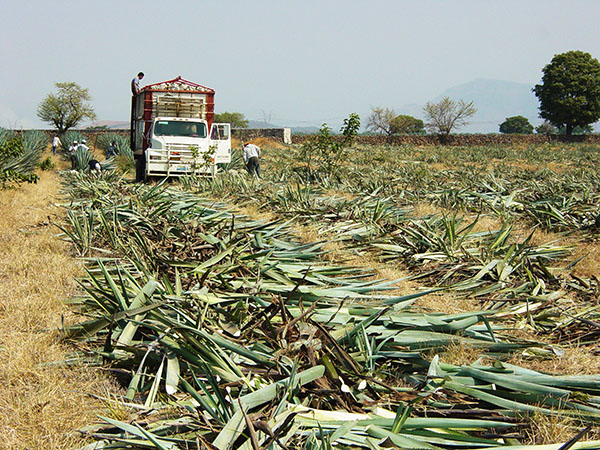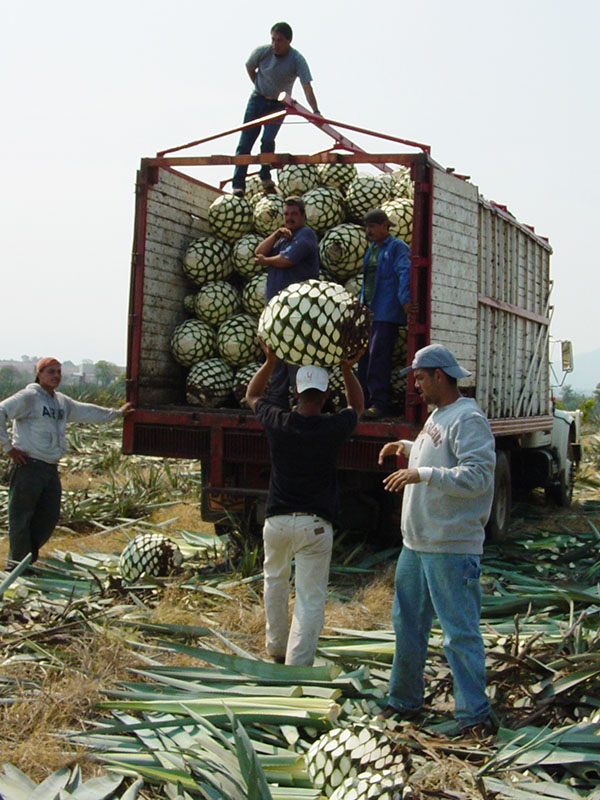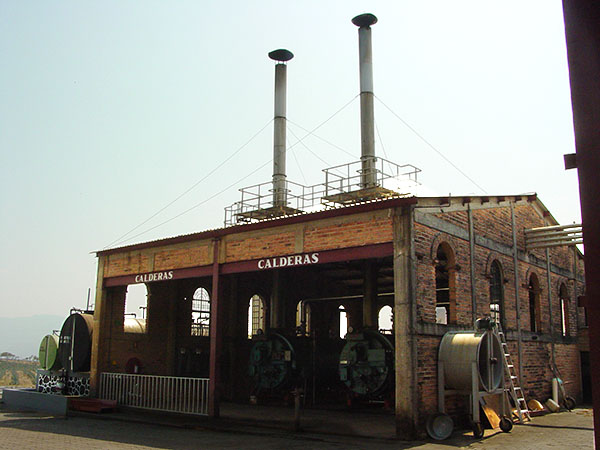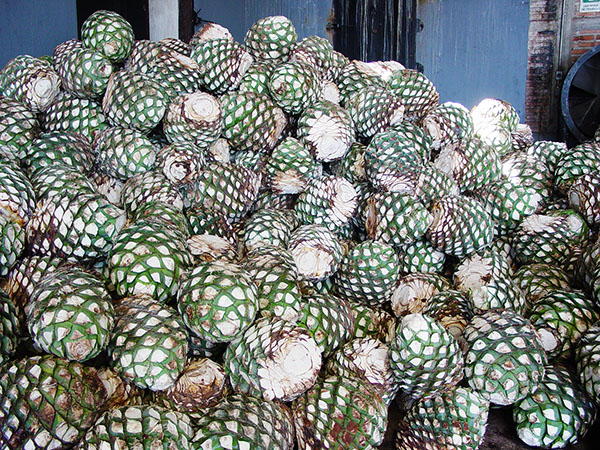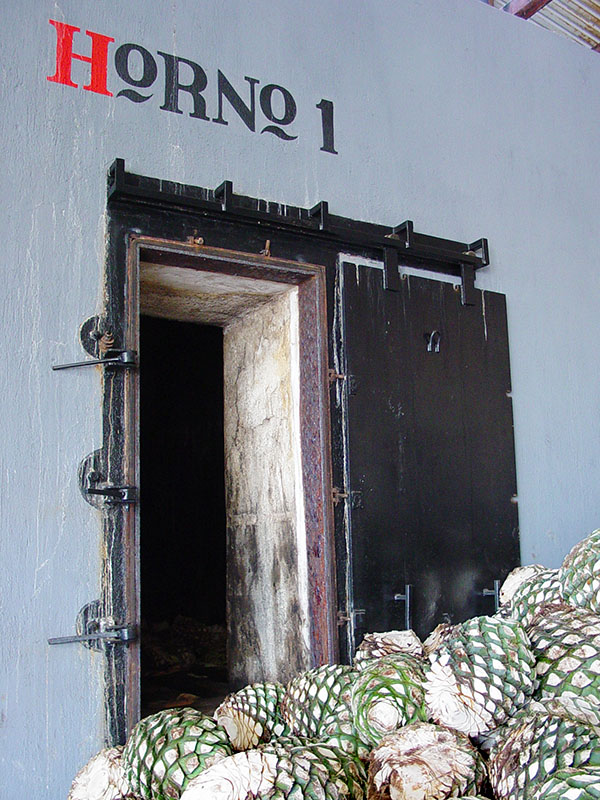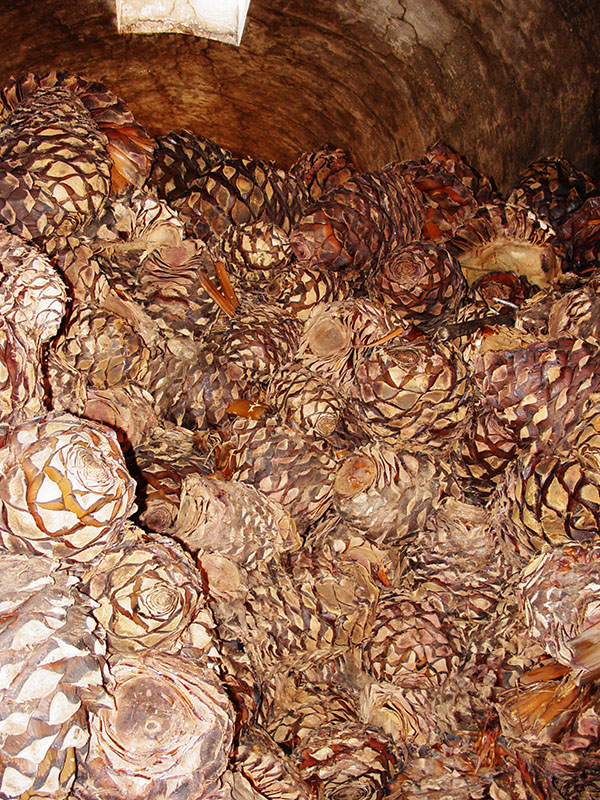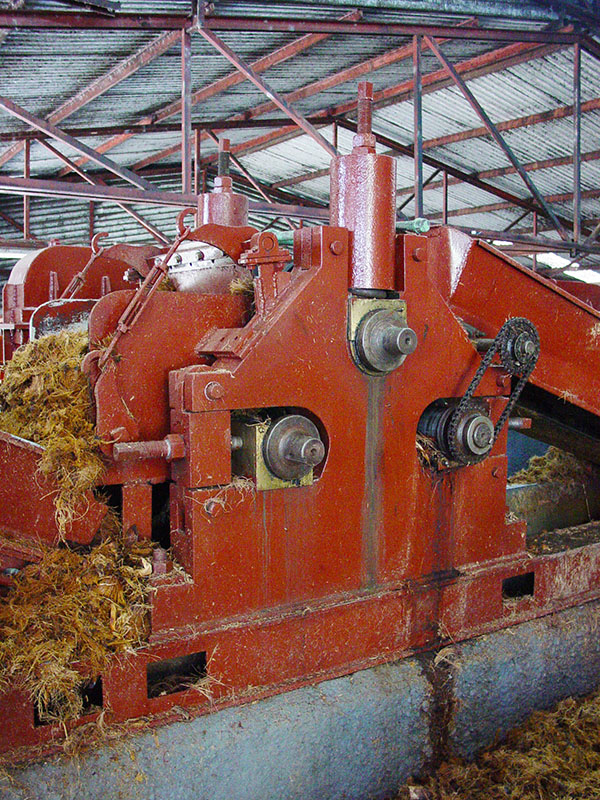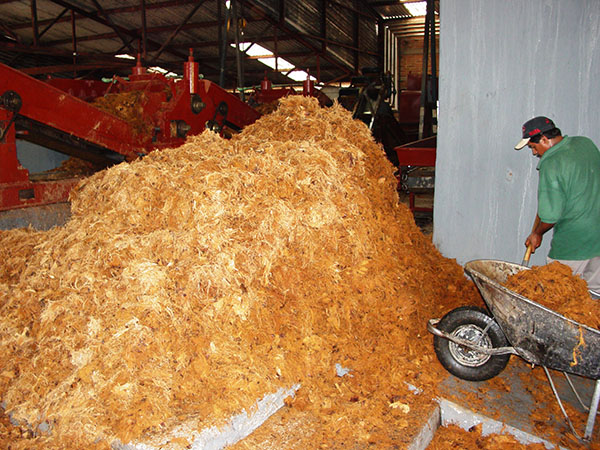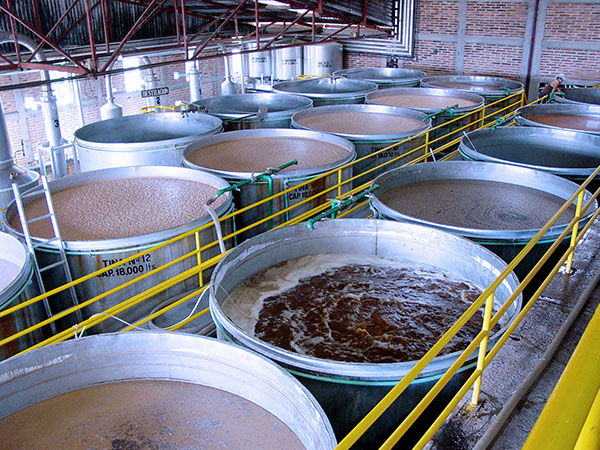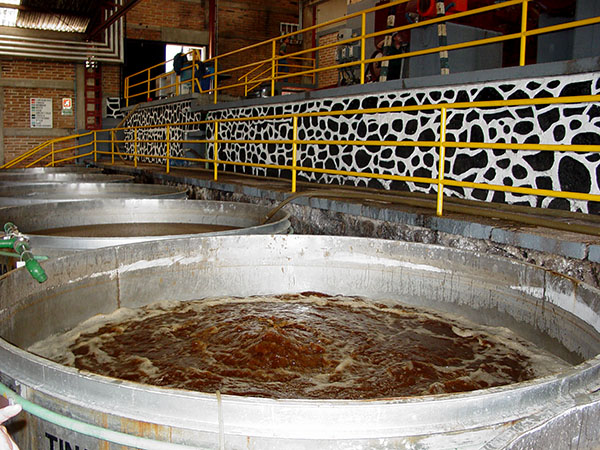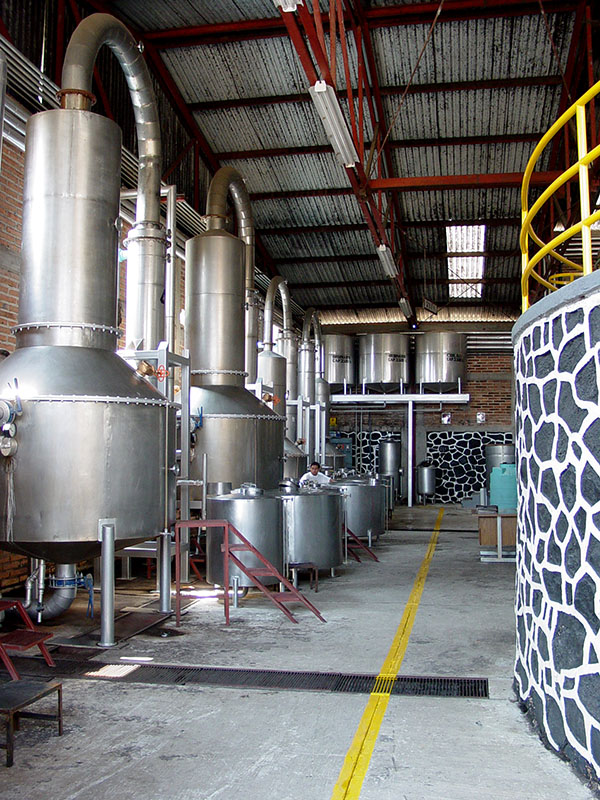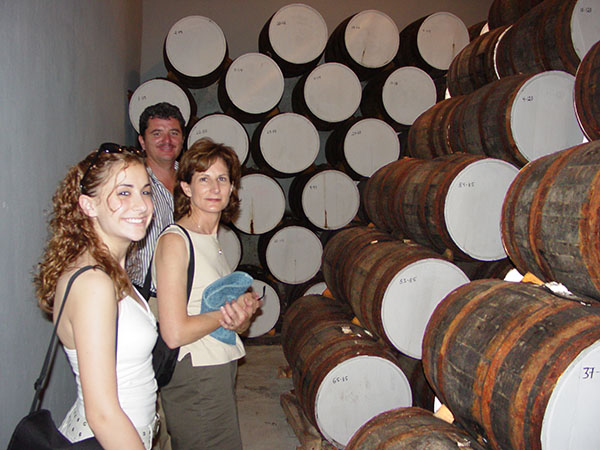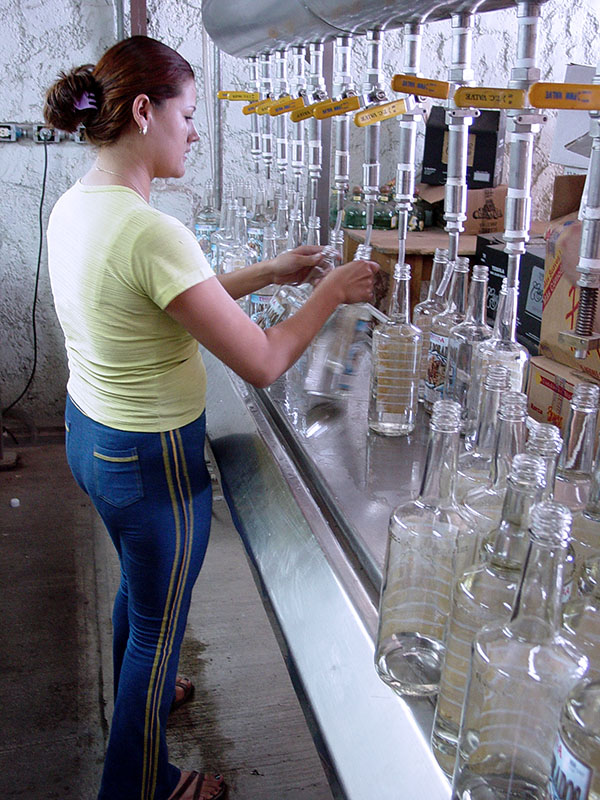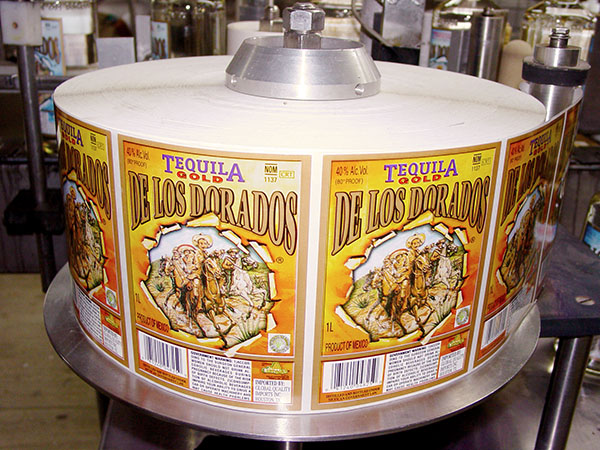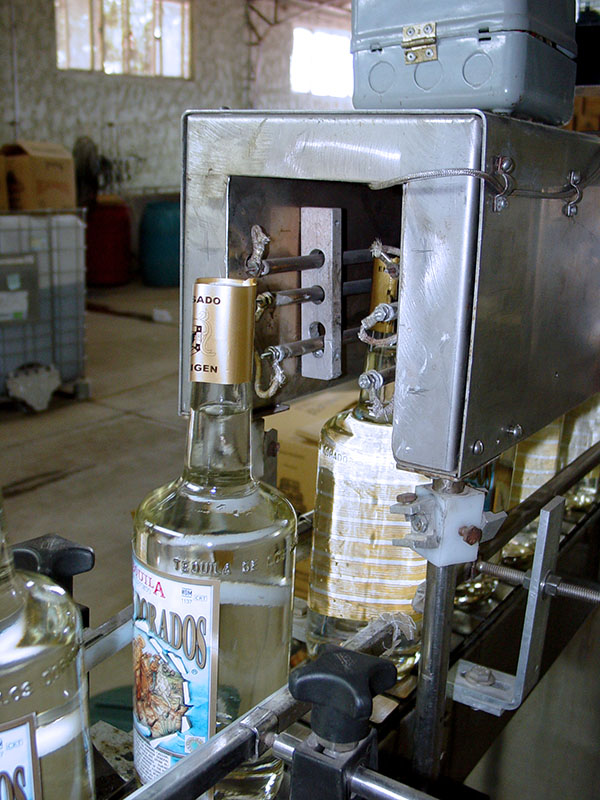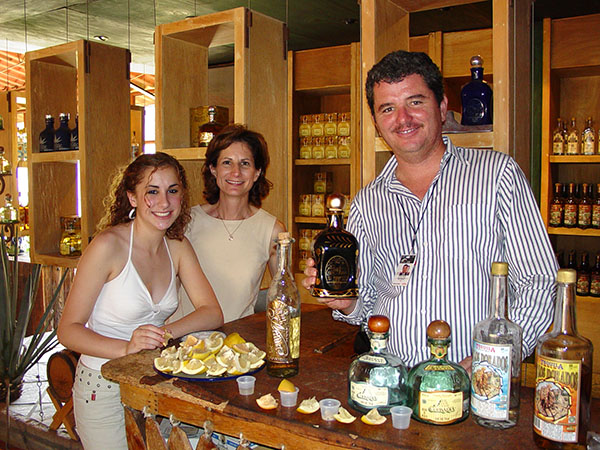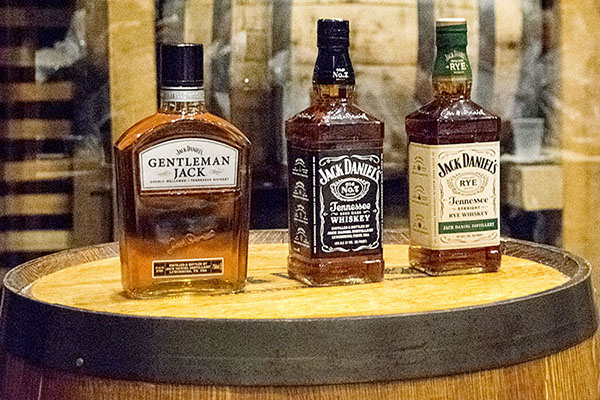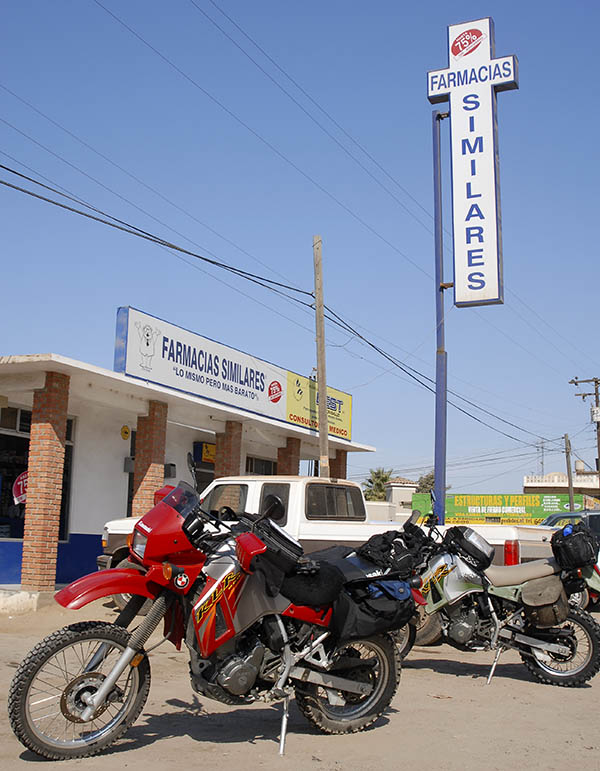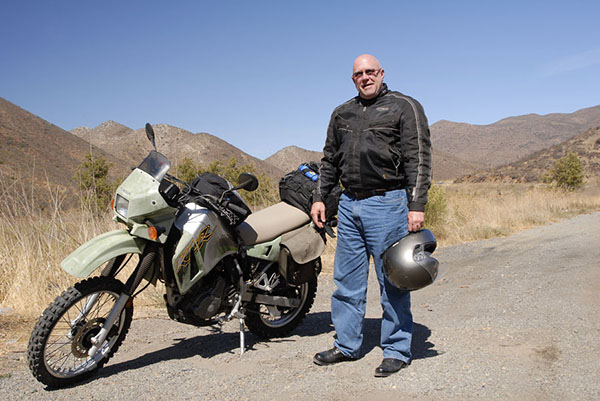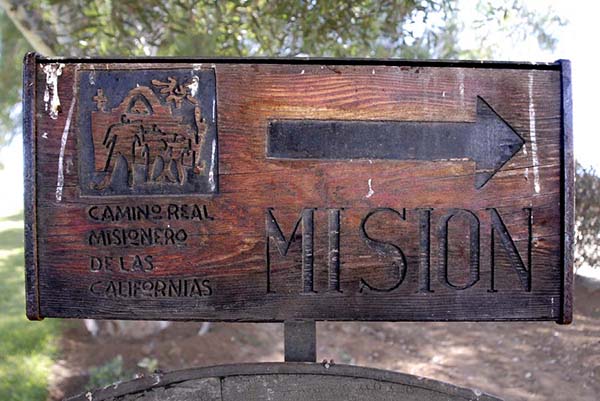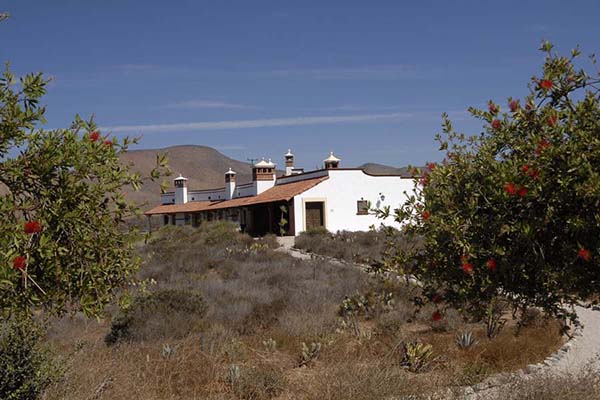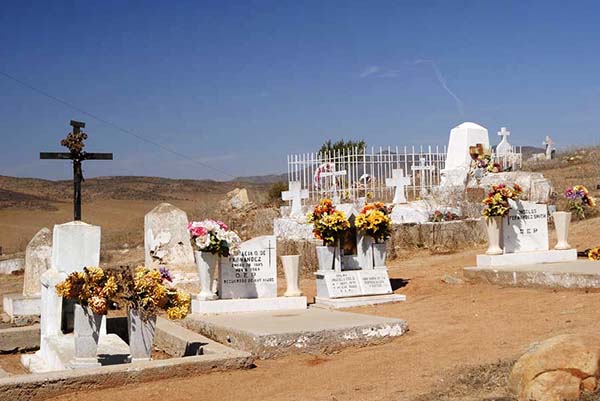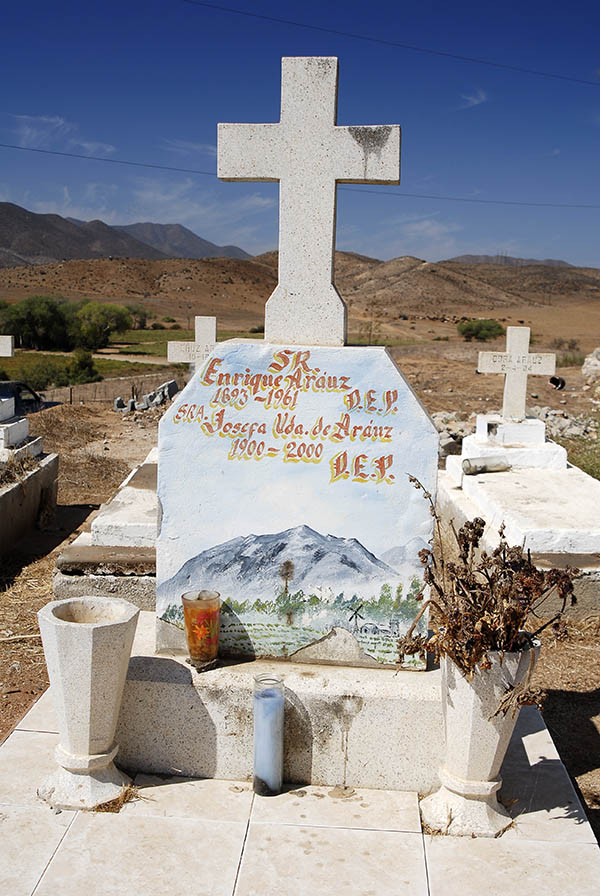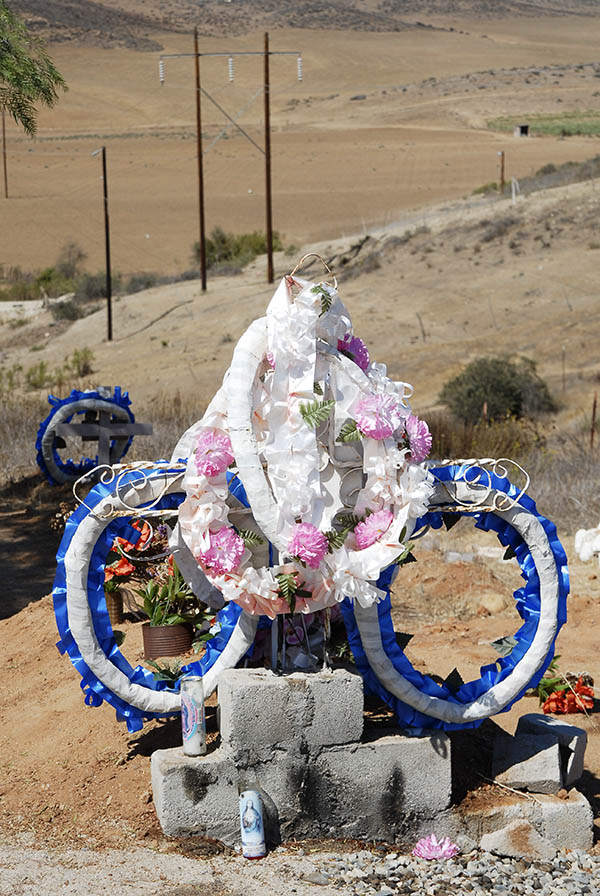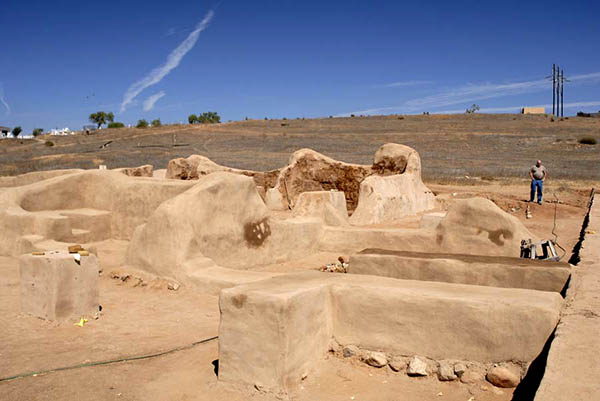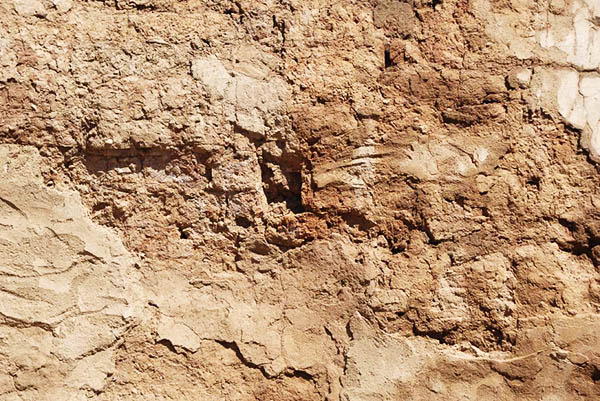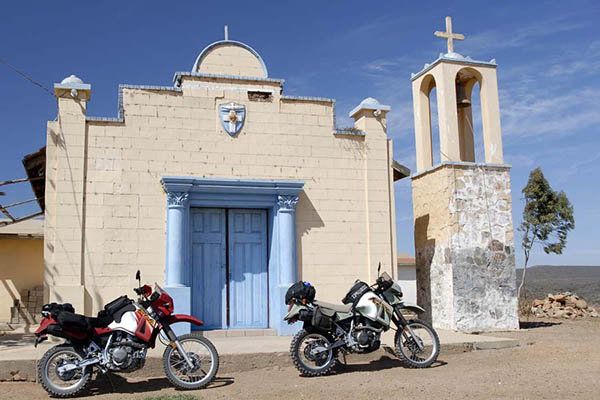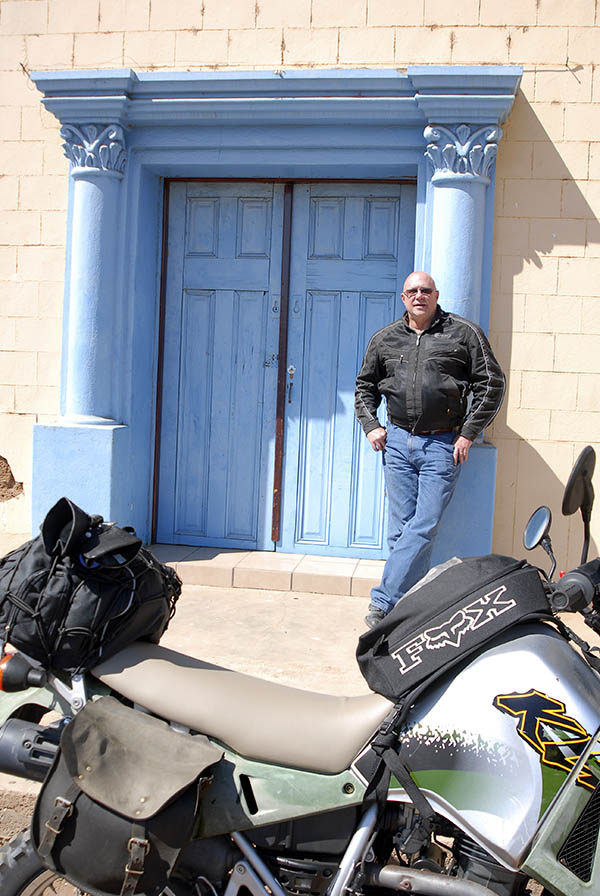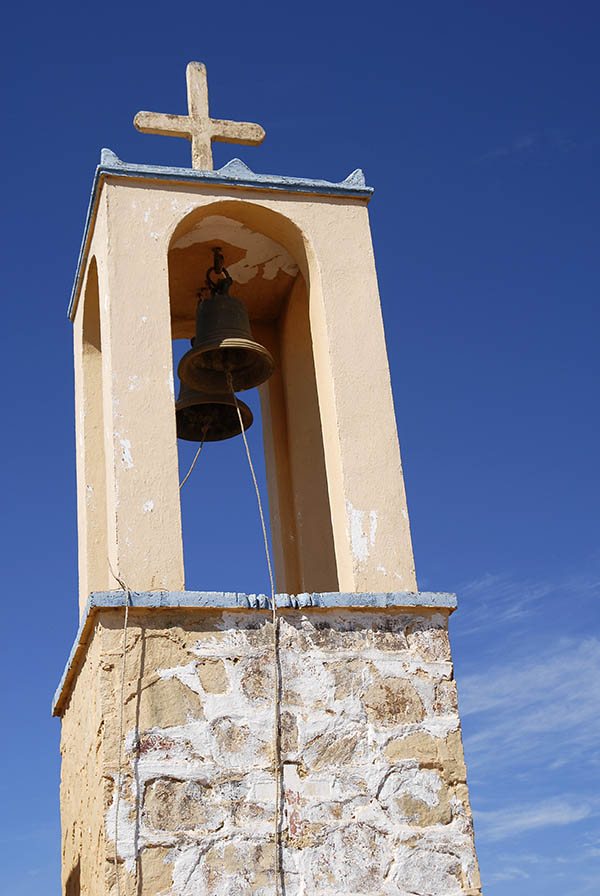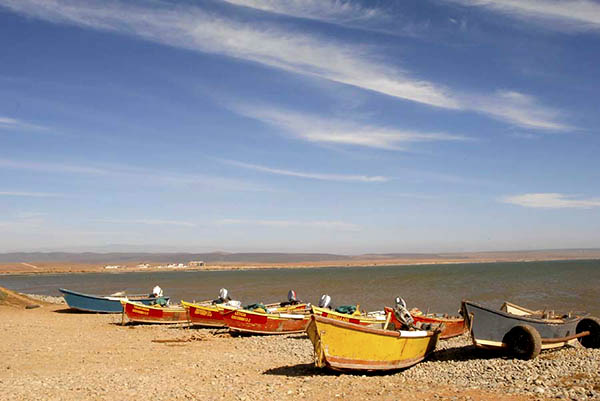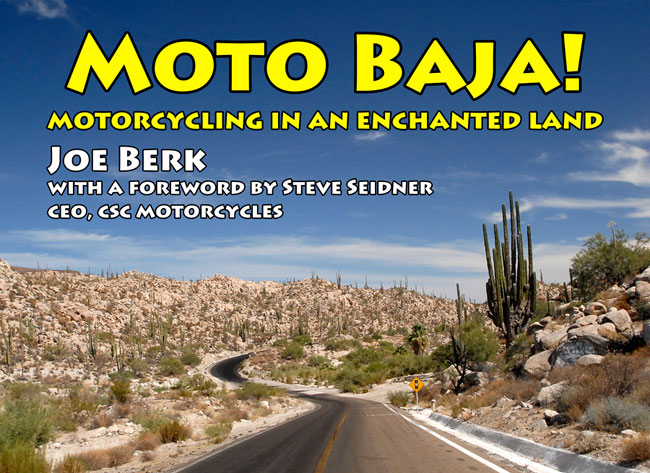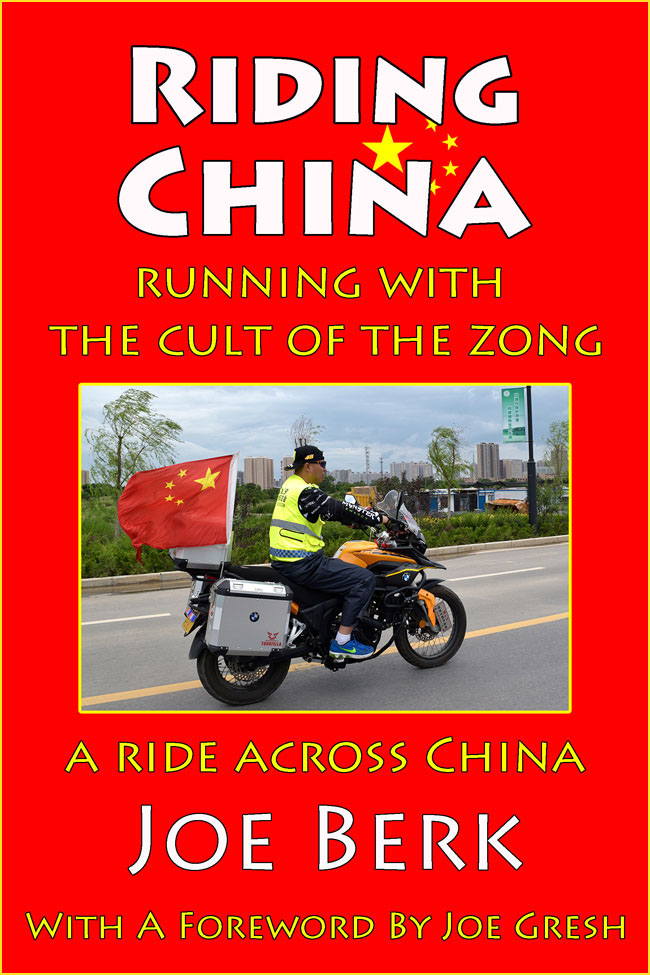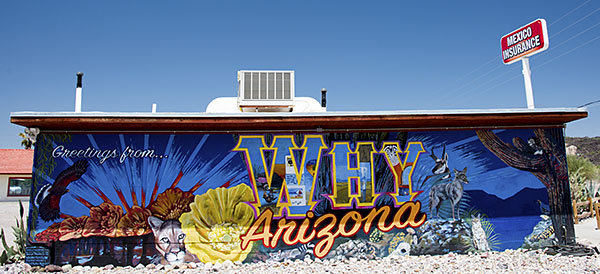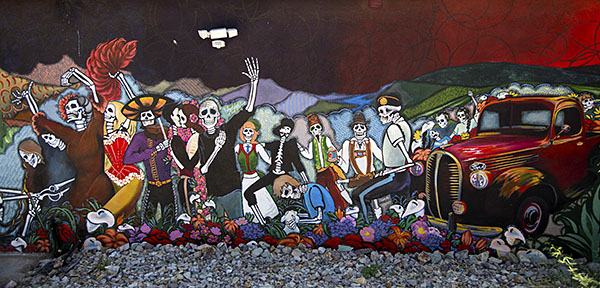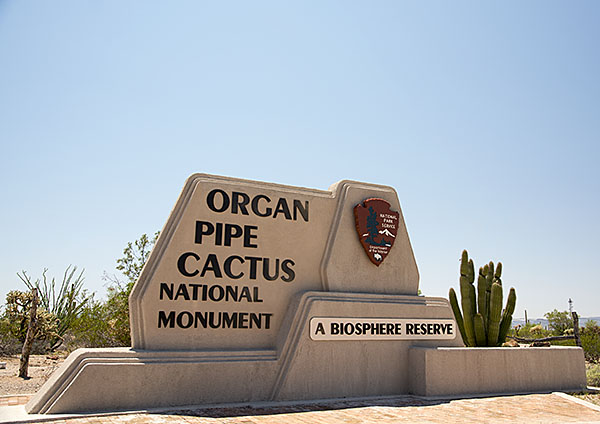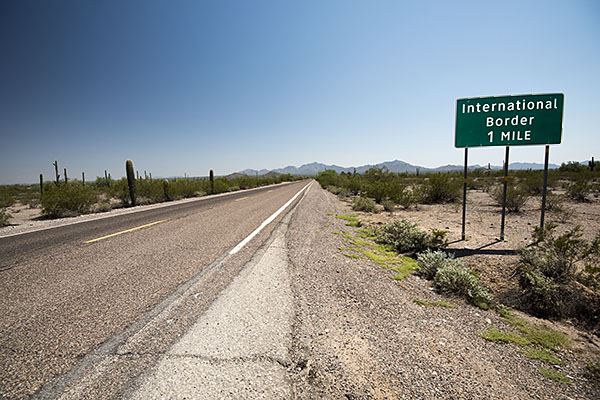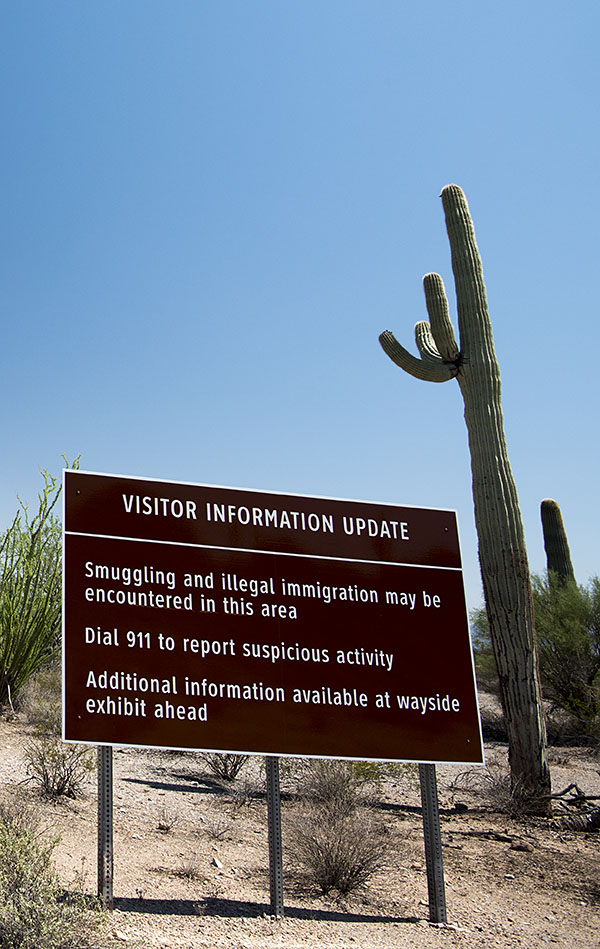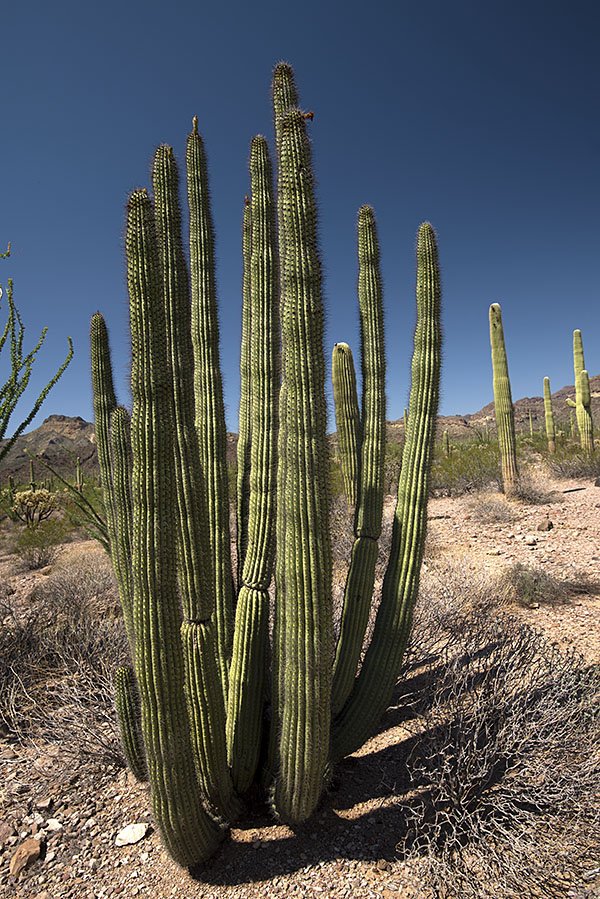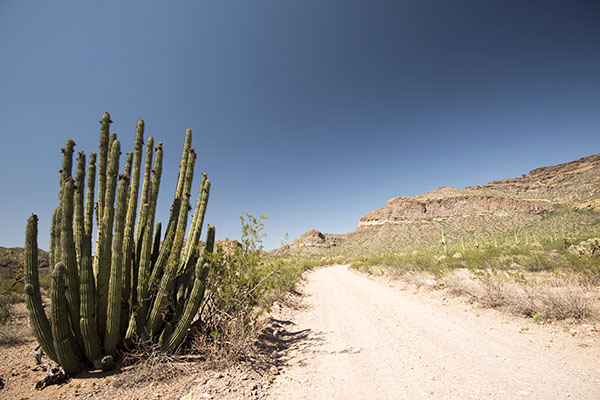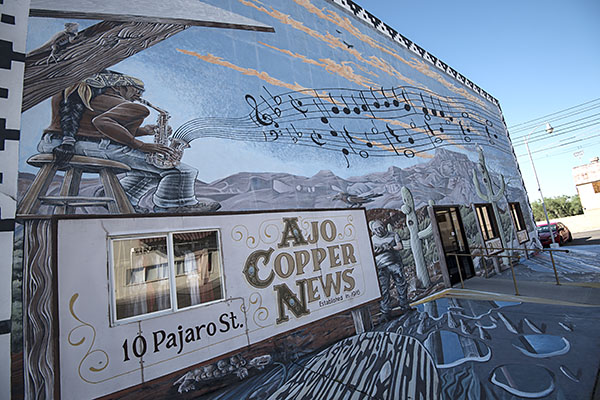By Mike Huber
Introductory Disclaimer: So as I have been writing these blogs the last few years it’s quite enjoyable and therapeutic to literally vomit out the stories without having pressure to place any bullshit spin or embellishments (they really don’t need any embellishing). I take pride in highlighting my successes, but also annotating my shortcomings and owning them through my writings. Enjoy!
My main purpose of traveling to Mexico was tacos, but diving was a close runner up as a reason to visit this incredible country again. Diving over the past six months has almost replaced my addiction to motorcycling, making it yet another bad decision as a hobby choice. For those of you that have read my previous diving adventures will fully understand this.
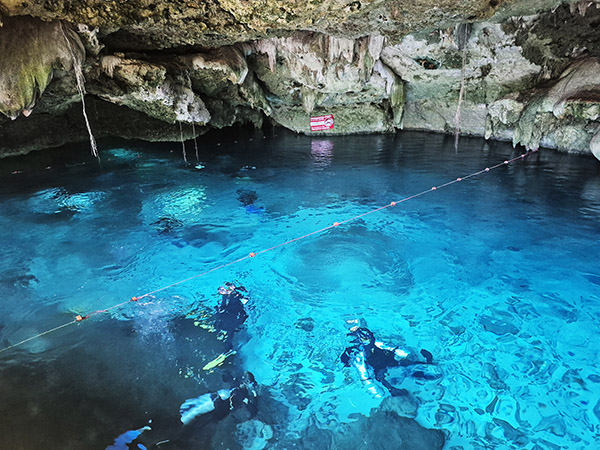 I am currently on the Yucatan Peninsula in Mexico and much of this land was created from a giant asteroid. That would be THE giant asteroid that created the Ice Age and killed off the dinosaurs. With this massive disruption in this area, the ocean floor was lifted in a strange way that created cenotes. These essentially are old caves that are now flooded with fresh water. There are about 5,000 of these cenotes throughout the Yucatan Peninsula and they are quite magical. Having to mark my checklist off (I’m making this list up as I go, by the way, as a month ago I couldn’t tell you what a cenote was) scuba diving in one of these seemed like it would be incredible, and it was. Sorta.
I am currently on the Yucatan Peninsula in Mexico and much of this land was created from a giant asteroid. That would be THE giant asteroid that created the Ice Age and killed off the dinosaurs. With this massive disruption in this area, the ocean floor was lifted in a strange way that created cenotes. These essentially are old caves that are now flooded with fresh water. There are about 5,000 of these cenotes throughout the Yucatan Peninsula and they are quite magical. Having to mark my checklist off (I’m making this list up as I go, by the way, as a month ago I couldn’t tell you what a cenote was) scuba diving in one of these seemed like it would be incredible, and it was. Sorta.
In Thailand I had done a few swim throughs. Not even caves or caverns, but about 20 meters. It wasn’t something I ever enjoyed but it wasn’t the worst experience, either, so I wasn’t quite sure how I would feel during a 52-minute, ¼-mile dive through my first cenote. Upon arriving and seeing the other divers in the crystal clear water with the sunlight mysteriously peering through the overgrowth of old forest above the cave, I instantly was put into a state of awe based on how beautiful it was. After donning our scuba gear and jumping into the cenote, the cool water was quite refreshing from the heat and humidity in the jungle above us. After a few minutes of joking around and performing a buoyancy test, the five of us were ready to begin exploring this cenote underwater.
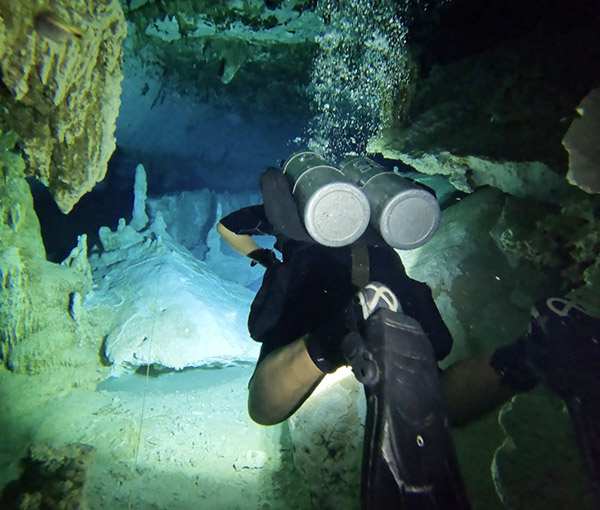
It didn’t take long before the beautiful glowing natural light was absorbed by darkness. We had nothing but our small flashlights and a string along the bottom to guide us for the next hour. As we swam along there were stalagmites and stalactites on either side of us. Some were so old they had formed natural columns in the still crystal clear and dark water we were slowly navigating through.
We were about 30 minutes or so into the dive when I noticed my heart began beating quite rapidly. It was beating at a rather uncomfortable rate. I tried to shake it off as mentally I felt great, but it seemed to be getting worse. With my heart now beating faster, my breathing also began to increase. I knew I had plenty of air as I am religious on checking my oxygen levels (see my previous diving blogs) so I did what I could to dismiss it, but my mind wouldn’t allow me to shake it off.
With all this going on I began to float to the surface. Normally this would just be frustrating and I would have to close my eyes, exhale and I would sink back to the level I wanted. The issue now, though, is there was no surface. There was only the cavern ceiling. If I hit the cavern roof, I would probably hit my head and it would possibly be a “lights out” situation. I did not want this. We were in a semi-single-file line (although I was a bit more elevated than the others, in several ways now that I think about it). There really was nothing or no one I could reach out to for help. What were they going to do? Give me a hug? I was on my own here and as with previous situations, I had the rest of my life to determine how to resolve this mess and get my head (and more importantly, my body) under control.
It took a couple of minutes to do just that, and a short while later I was enjoying the cave, being super calm and relaxed. It felt like coming out of an intense psychedelic trip and realizing that you are on the other side of it (and a stronger person for having undergone the experience). Then, it happened again. Not quite as intense but enough for me to mentally note that this sort of diving wasn’t for me, or at least it wasn’t for me at this particular time.
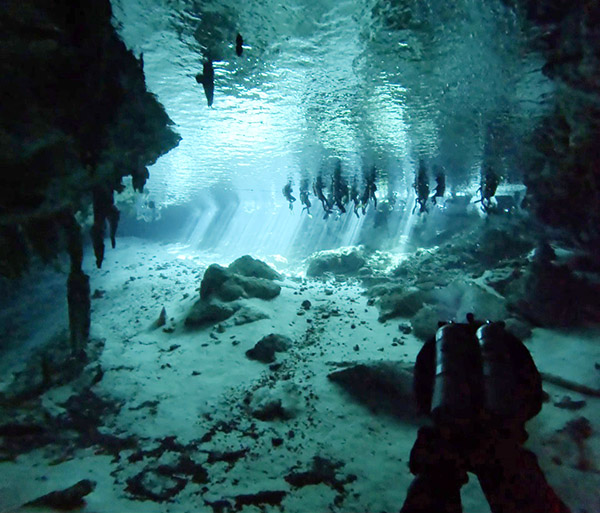
As we neared the entrance of the cavern where we started from the shimmering neon green light of the sun causing the water to glow and seeing the other divers floating gently above me was a beautiful sight. My first cavern dive had been logged and as I surfaced I looked to me new friends around me and simply said “Well, that was quite a trip.” I chose not to do the second cavern dive that day (for obvious reasons) but I am looking forward to my next dive in a few days. That dive will include close encounters with bull sharks. Until then I am long overdue for a couple of cold Tecates and some much-needed tacos.
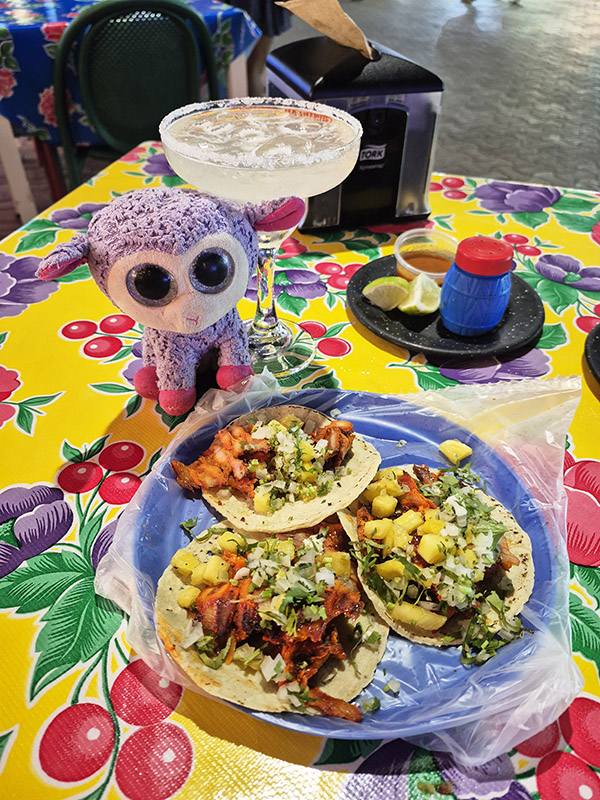
Join our Facebook ExNotes page!
Never miss an ExNotes blog:

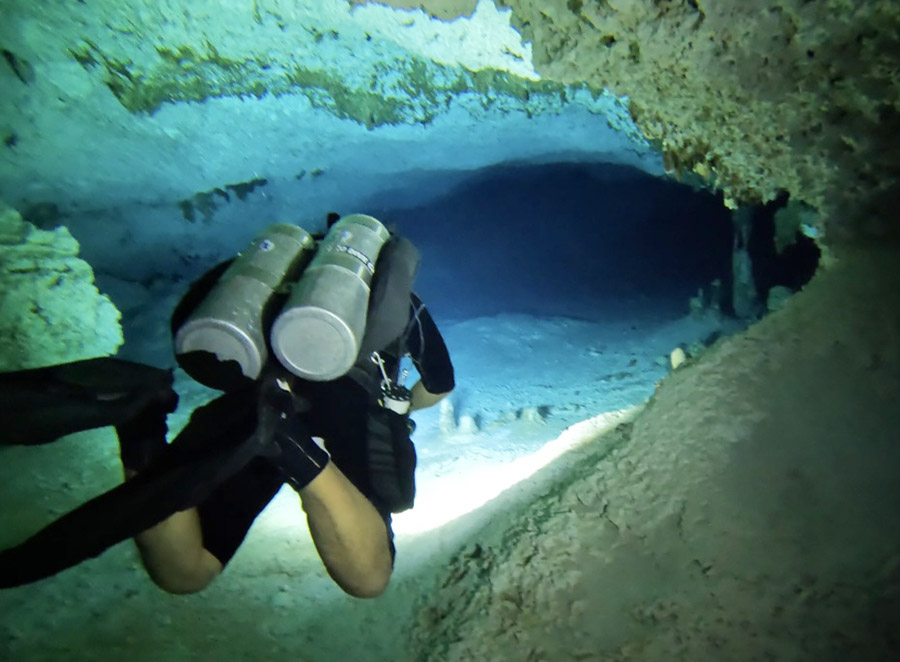

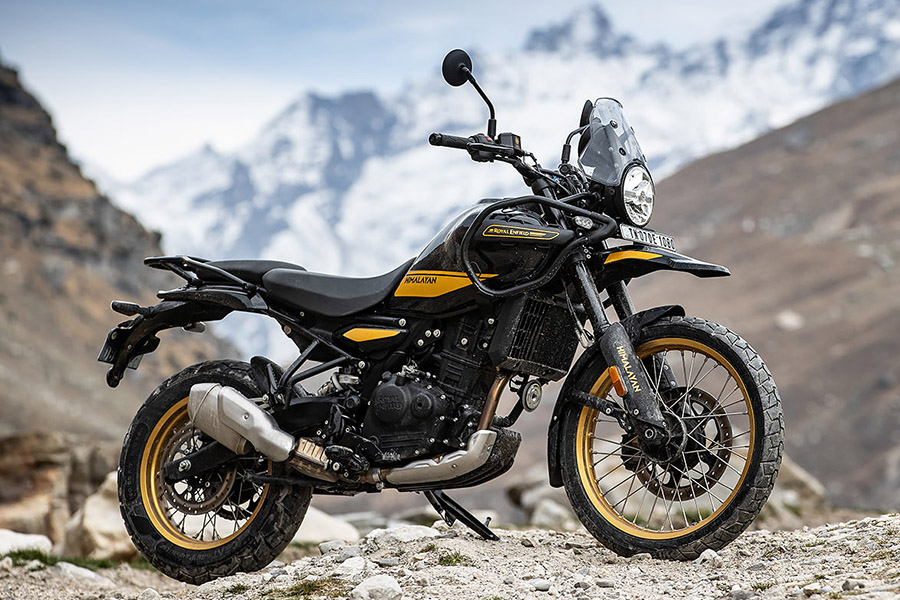
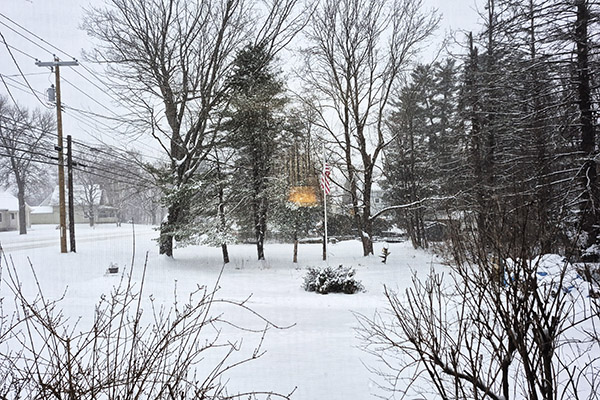 With the New Year approaching my plan was to begin traveling through South America for the entire year by motorcycle. In November that plan quickly changed (imagine that) when a fellow rider I had camped with four years ago in Death Valley National Park messaged me and stated that he and another rider were about to embark on a 1-month motorcycle journey through India, Pakistan, Nepal, Bhutan, and Bangladesh in February on Royal Enfield Himalayans. I wasn’t too impressed as I figured it would be some BS tour with a guide and not really count as a motorcycle adventure. He replied stating that was not the case and it was just the two of them. It took me about 15 minutes to reply stating that I was in. He promptly let me know that he wasn’t inviting me and was just discussing the trip with me. At any rate I invited myself and they seemed okay with that. I mean, who wouldn’t be? I am an absolute joy to be around.
With the New Year approaching my plan was to begin traveling through South America for the entire year by motorcycle. In November that plan quickly changed (imagine that) when a fellow rider I had camped with four years ago in Death Valley National Park messaged me and stated that he and another rider were about to embark on a 1-month motorcycle journey through India, Pakistan, Nepal, Bhutan, and Bangladesh in February on Royal Enfield Himalayans. I wasn’t too impressed as I figured it would be some BS tour with a guide and not really count as a motorcycle adventure. He replied stating that was not the case and it was just the two of them. It took me about 15 minutes to reply stating that I was in. He promptly let me know that he wasn’t inviting me and was just discussing the trip with me. At any rate I invited myself and they seemed okay with that. I mean, who wouldn’t be? I am an absolute joy to be around.
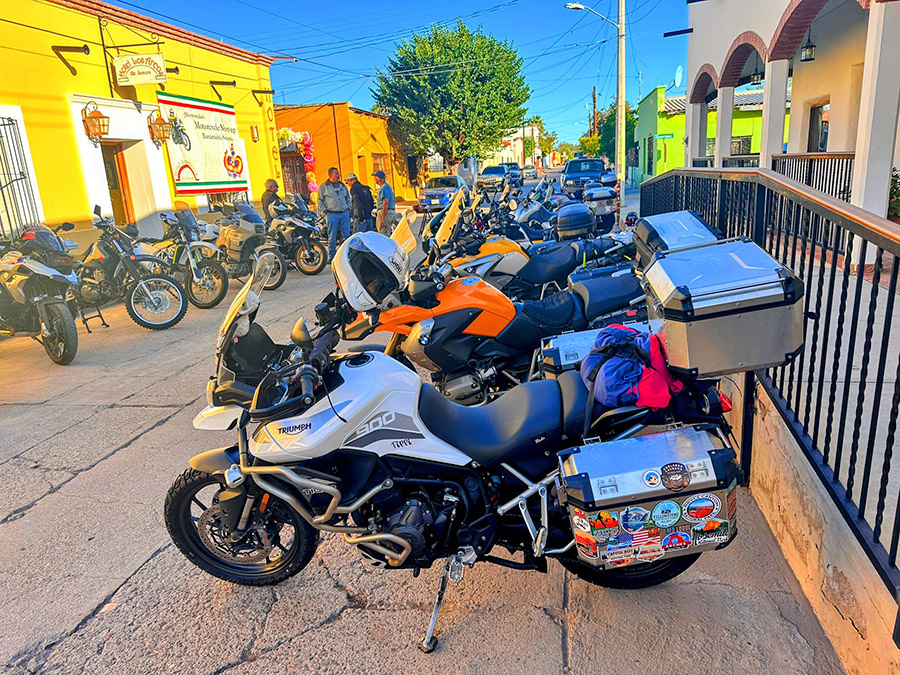
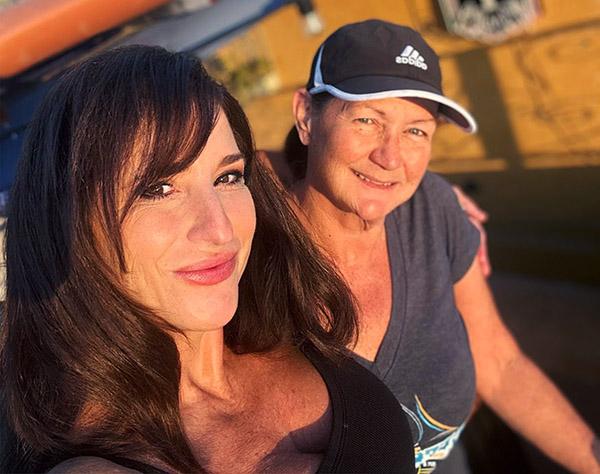
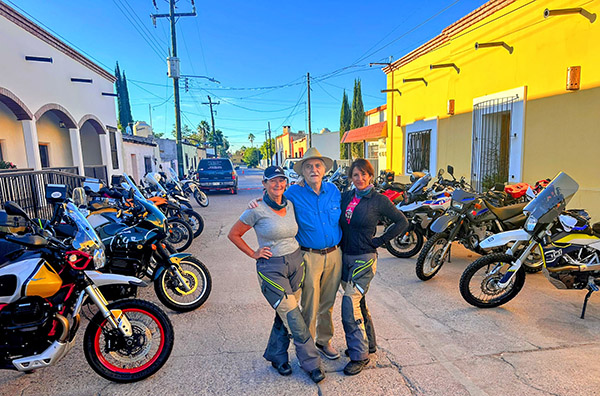
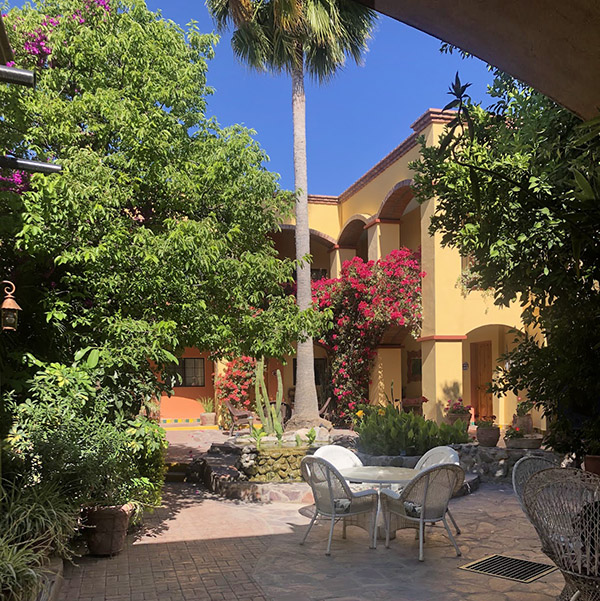
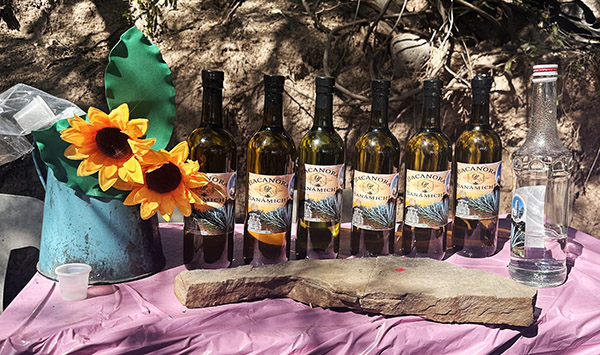
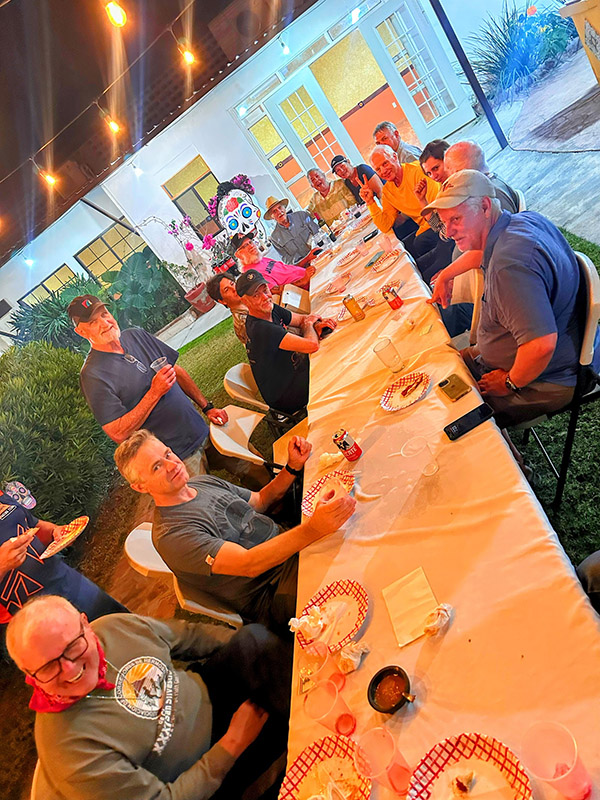
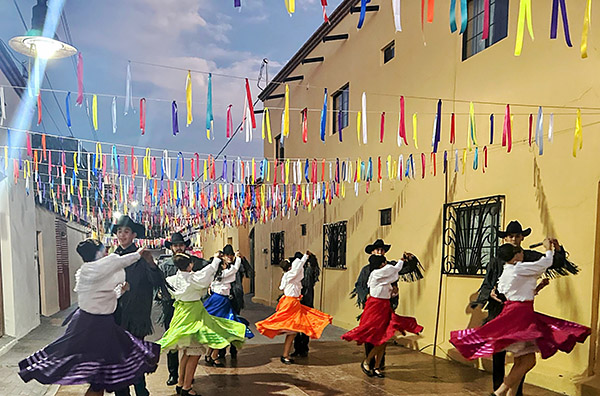
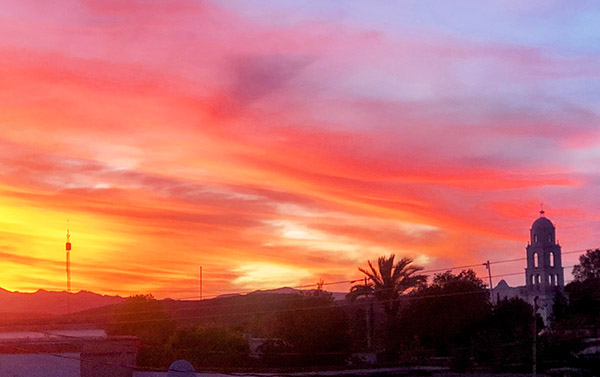

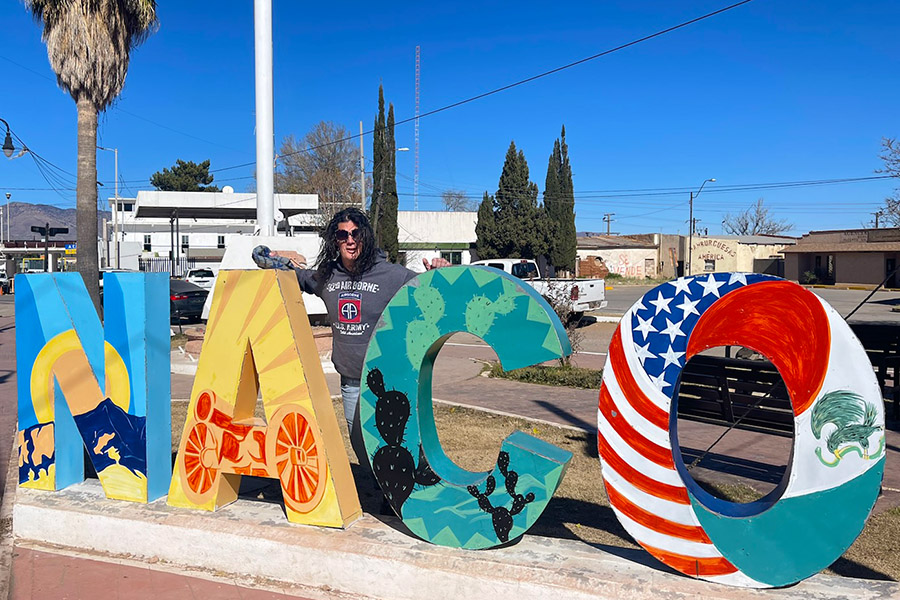
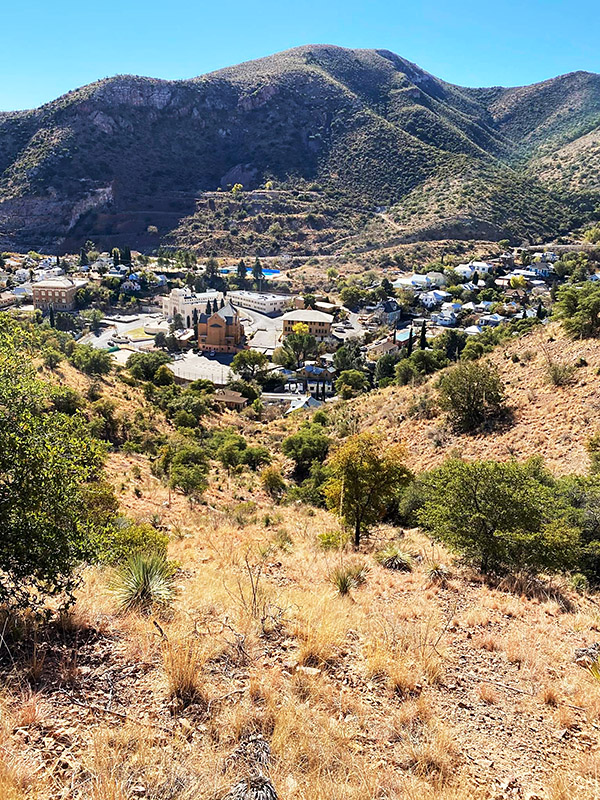 Bisbee, Arizona is a late 1880s copper mining town that turned in its explosives, shovels, and rock drills to grow into a more artistic town with historic hotels, quirky shops, and lots of festivals. Being that this tiny community is nestled in the canyons of southernmost Arizona (just minutes from the Mexican border), an idea struck me. I had not visited Mexico since February, and although this sounds crazy, I was craving tacos. Being this close to Mexico it felt almost a necessity to partake in a run to the border to extinguish my craving.
Bisbee, Arizona is a late 1880s copper mining town that turned in its explosives, shovels, and rock drills to grow into a more artistic town with historic hotels, quirky shops, and lots of festivals. Being that this tiny community is nestled in the canyons of southernmost Arizona (just minutes from the Mexican border), an idea struck me. I had not visited Mexico since February, and although this sounds crazy, I was craving tacos. Being this close to Mexico it felt almost a necessity to partake in a run to the border to extinguish my craving.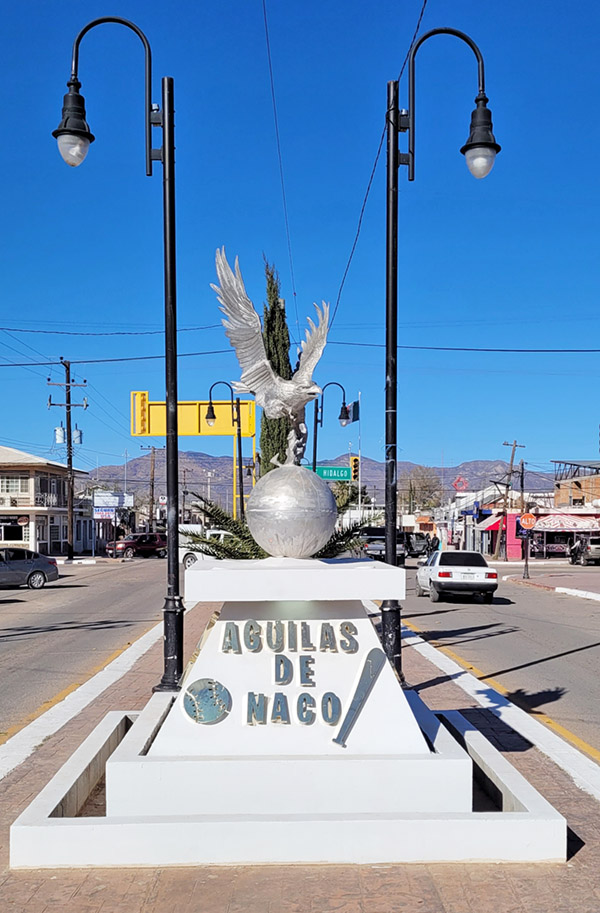
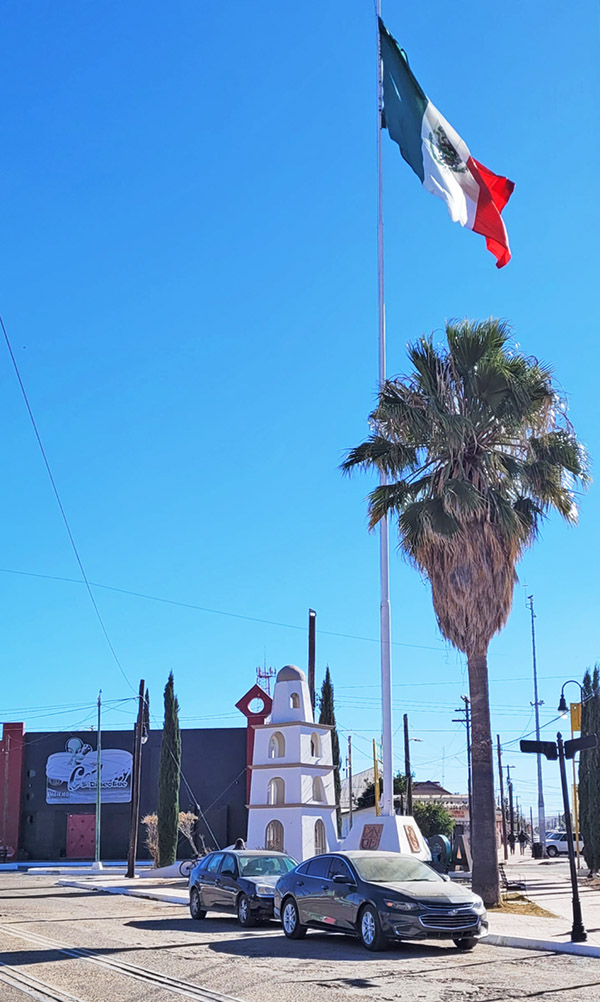
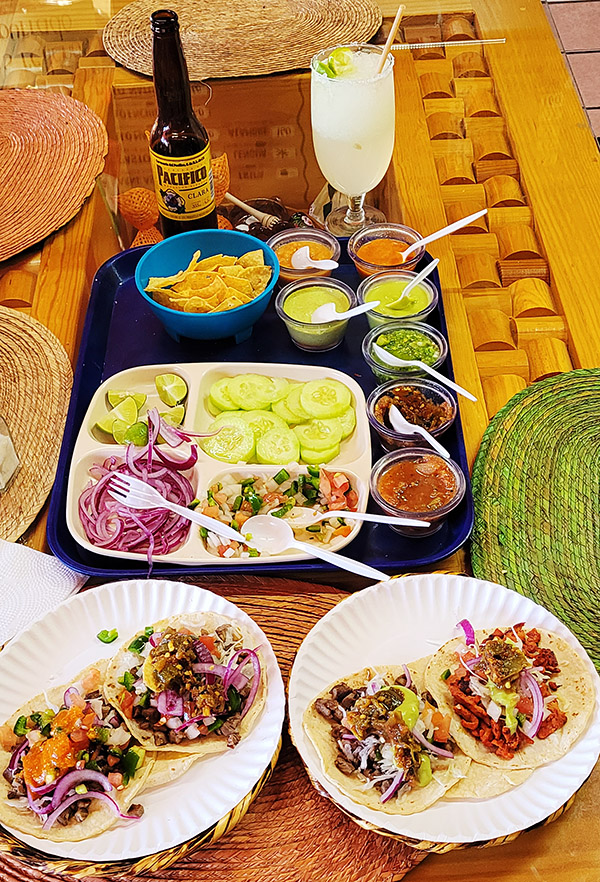


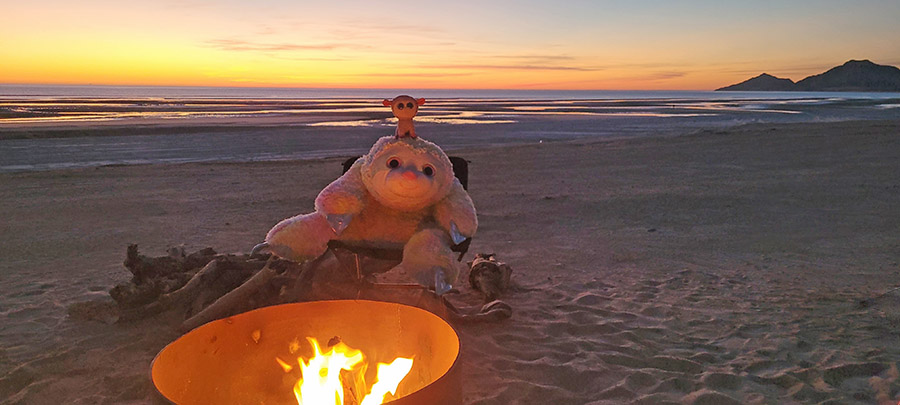
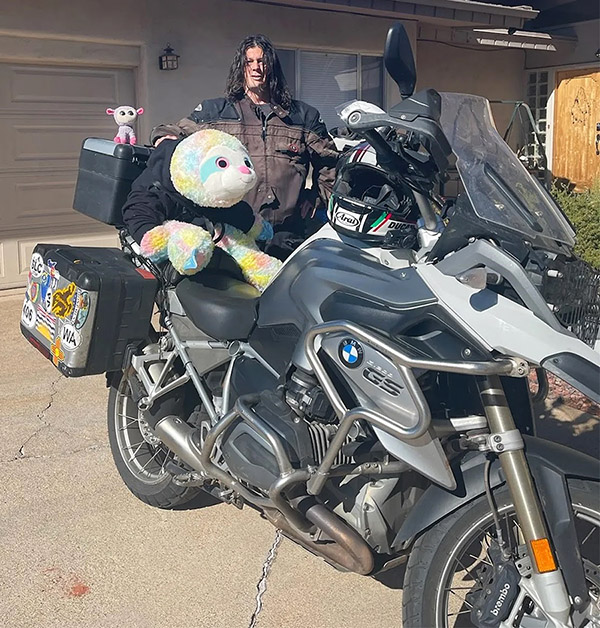

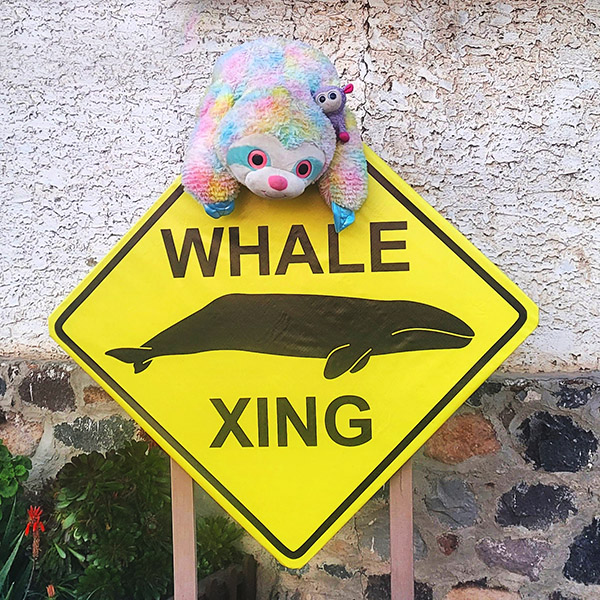
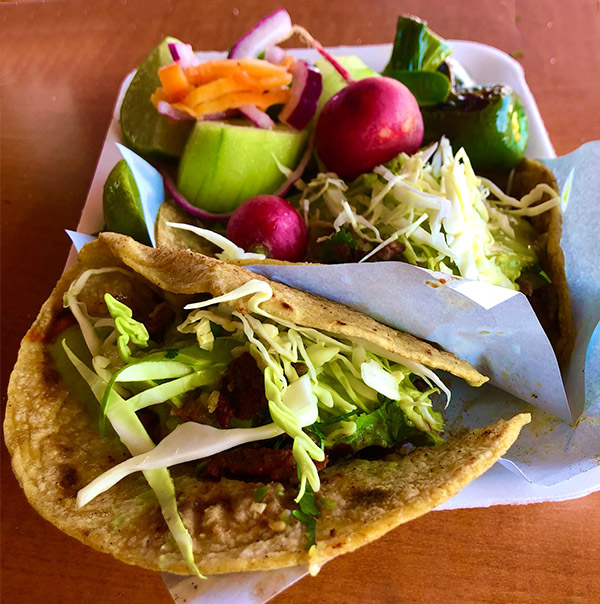




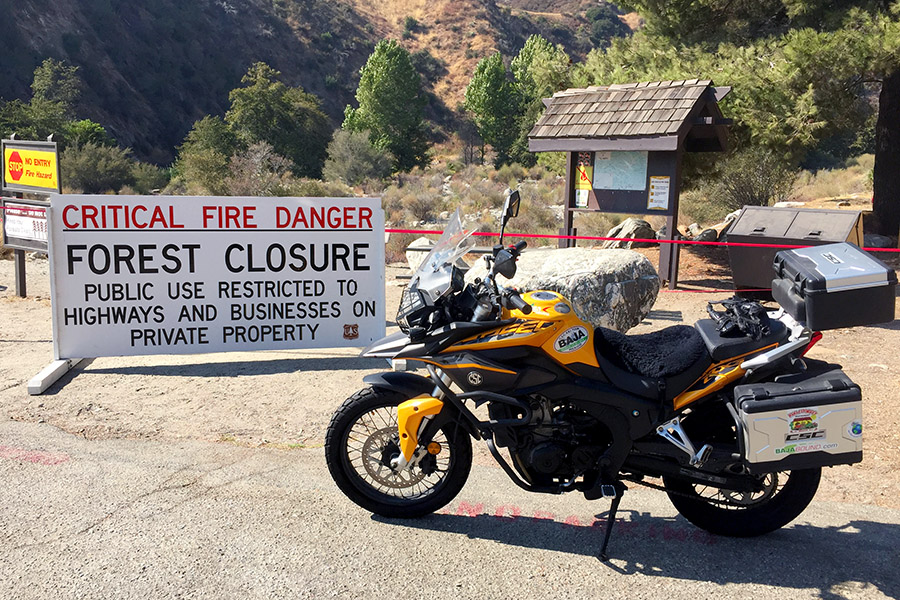
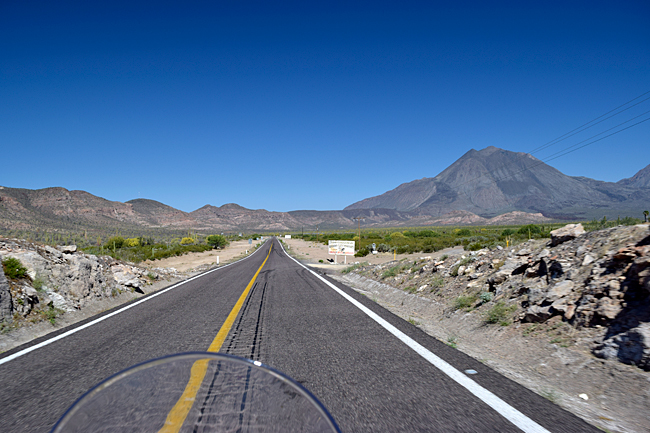
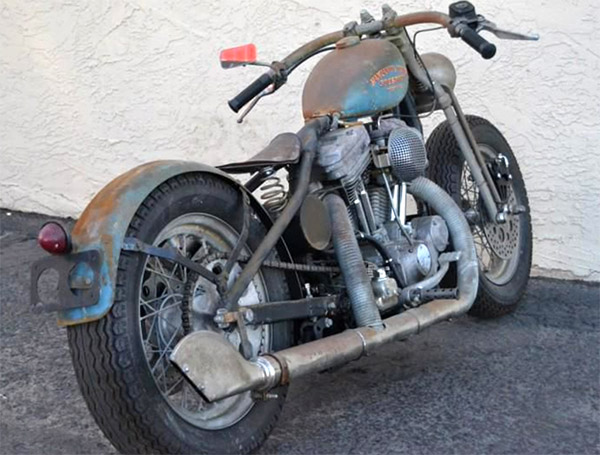
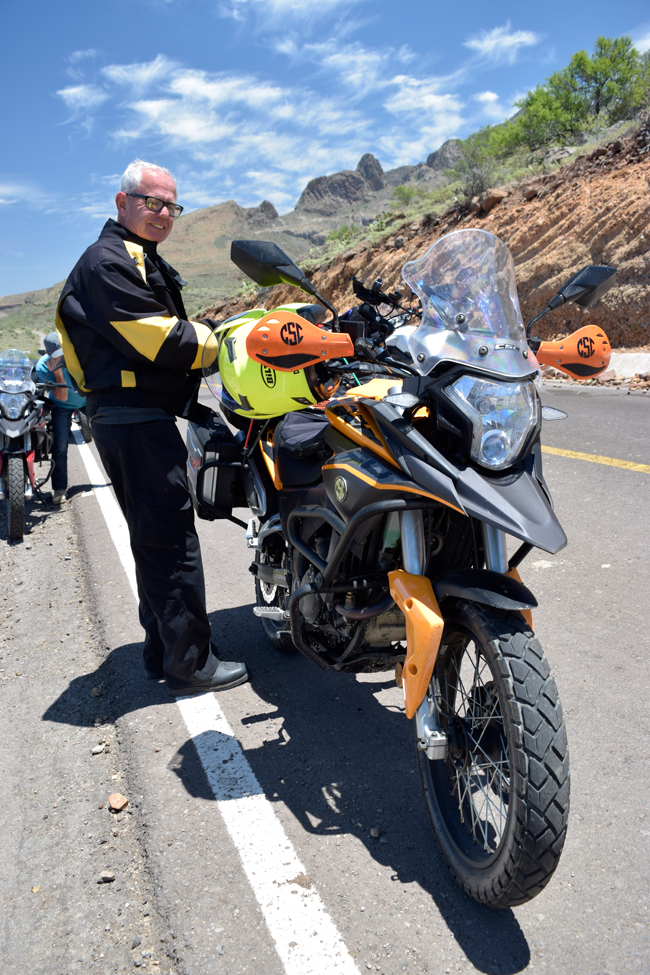
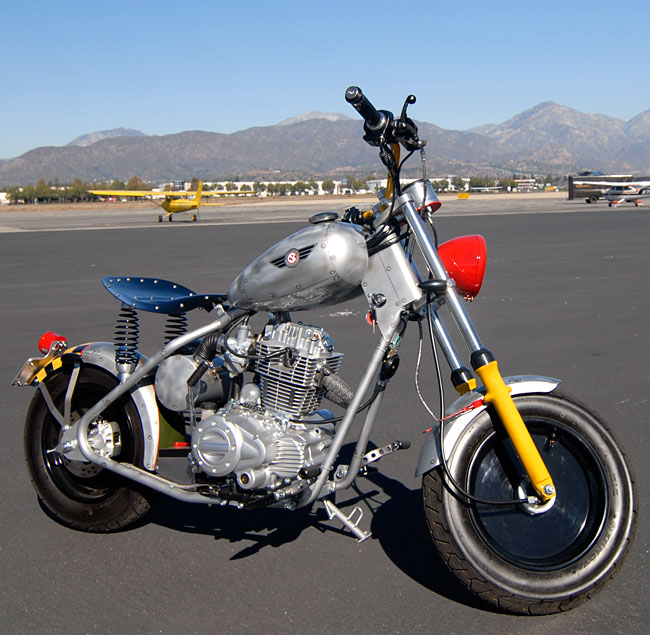
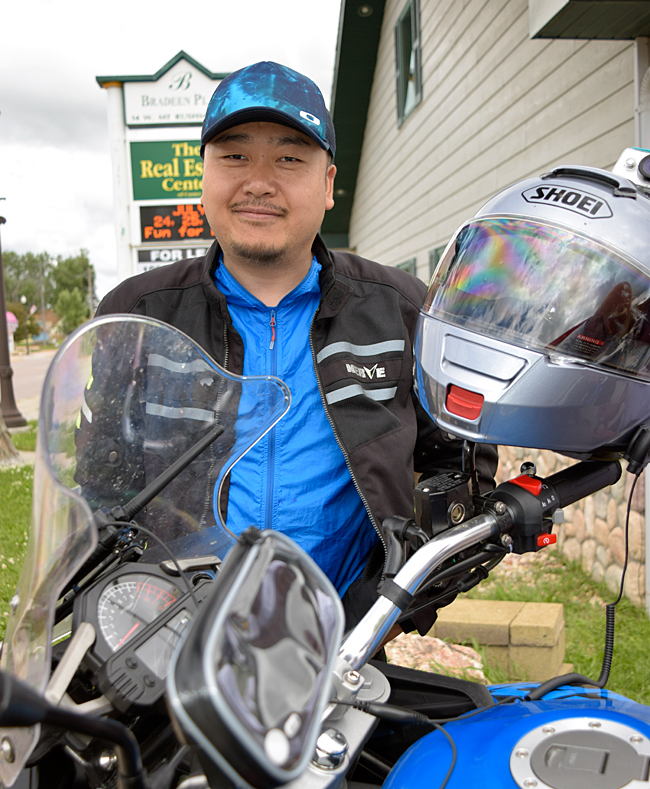
 ).
).